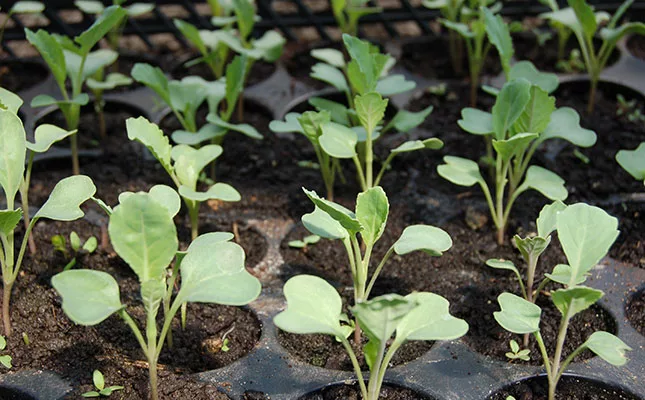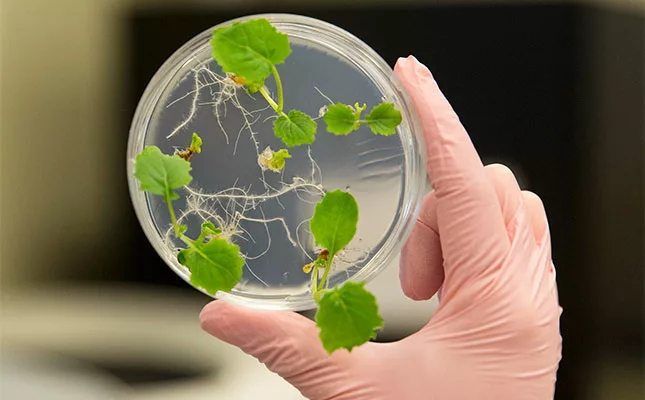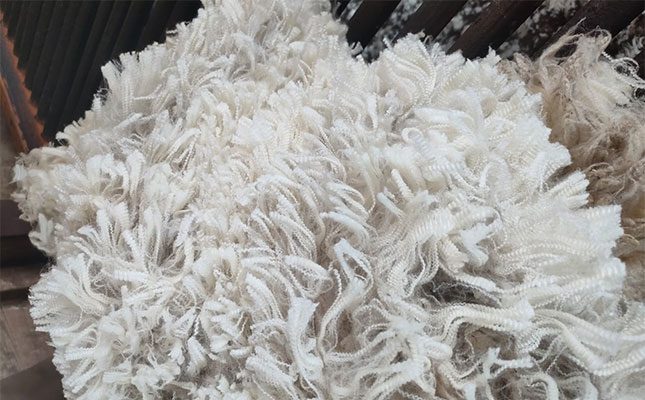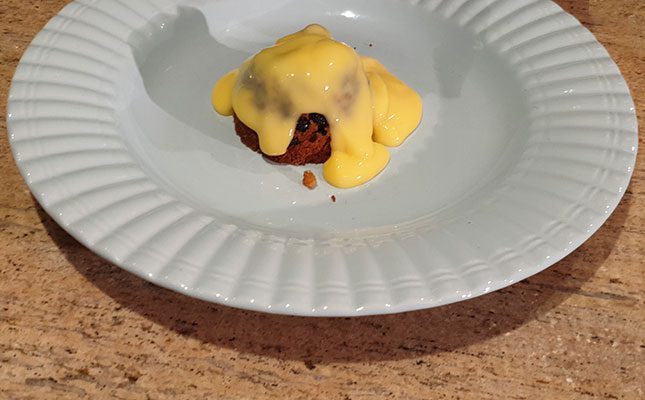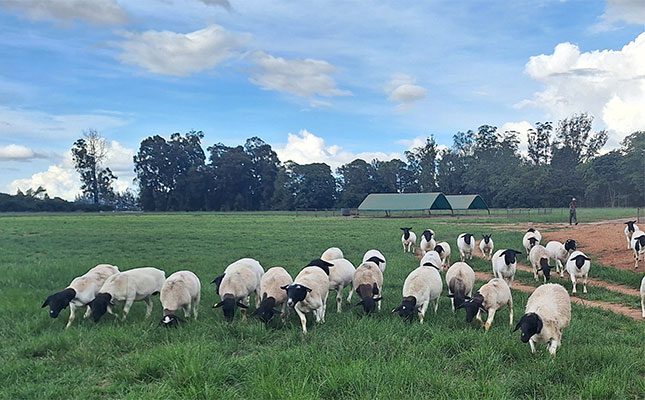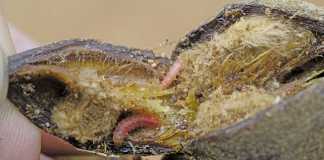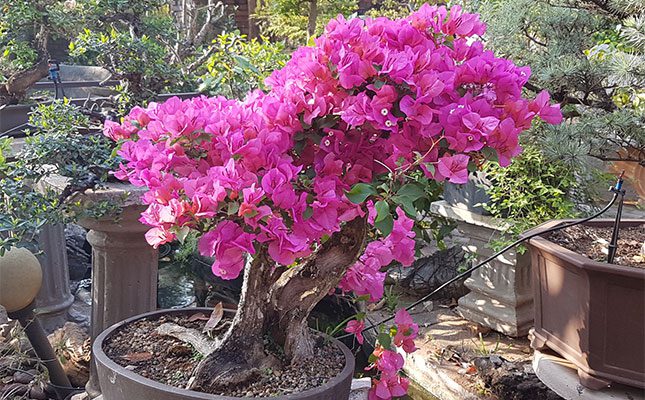
Photo: Hennie's Bonsai
Although bonsai is associated with Japanese culture, its roots (pun intended) trace back to ancient China. The Japanese later adopted and developed the practice into the highly stylised and symbolic art form we know today, which has spread throughout the world.
Each tree is shaped to tell a story, and many shapes mimic what occurs in nature. The formal upright style (Chokkan), for example, reflects when a tree doesn’t need to compete for resources, while the windswept style (Fukinagashi) is a tree trained to grow slanted, with the wind-facing side bare of branches.
These are just two of the many styles to choose from, but of course, there’s no need to be a purist – you can create your own.
Growing bonsai at home
From specialist nurseries, online courses and articles, video tutorials, and bonsai clubs, information for growing bonsai is easily accessible. Just add a dash of green-fingered skill and bucket-loads of patience.
The starting point is to understand a species, how it grows, and what its needs are.
Here are some cultivation basics:
- Choosing your tree. If you’re a beginner, select an endemic species, as it’ll be adapted to your local environmental conditions. Experts advise looking for a specimen that has a wide base, which becomes narrower higher up, and small leaves, which are more attractive for a bonsai. Some recommended species are wild olive, ficus, and monkey thorn.
- Placement and light. Your species will dictate where it’ll grow and how much light it needs. While you might want to keep your bonsai indoors for its decorative appeal, only tropical trees, such as ficus and pomegranate, are suited to this. However, they’ll also benefit from spending summers outdoors.
Indoors, place the tree in the brightest window, avoiding drafts and heat sources. Outside, bonsai trees should receive good light, afternoon shade in summer, and protection in winter.
- Pruning and wiring. Constant pruning is needed to maintain your bonsai’s shape. This can be done by pinching off shoots and cutting small branches and leaves.
Wrapping wire around the branches allows you to bend them into a particular position, but it may take months before the branches settle.
It’s a tricky process and one that’s best learnt via online tutorials or by attending workshops.
- Watering. Watering needs will vary by tree type, season, and location. Water early in the morning, saturating the soil and ensuring the water drains through completely. Use room-temperature tap water to avoid root shock.
- Humidity. Adequate humidity keeps your bonsai healthy and hydrated, and is especially important if you keep you bonsai indoors. Mist it regularly with room-temperature water.
- Feeding. Bonsai requires feeding to compensate for the restricted nutrient supply in its pot. Use a balanced fertiliser (20% nitrogen, 20% phosphorus, 20% potassium) at a quarter of the strength every other week for optimal growth. Always water thoroughly before fertilising.
Baobab bonsai
Did you know that you can bonsai a baobab? It might sound counterintuitive, but it’s a fascinating example of the art of bonsai, ‘shrinking’ one of the continent’s most colossal trees.
Baobabs adapt well to bonsai techniques, developing thick, bulbous trunks and unique forms even on this small scale.
That said, this painfully slow-growing species can be challenging to cultivate – YouTube is overrun with hobbyists attesting to the fact.
That’s why it’s best to leave it to the experts, such as Hennie Smit of Hennie’s Bonsai nursery in Tzaneen, Limpopo.
Nicknamed the Baobab Bonsai King, he specialises in working with this species.
Smit’s private bonsai garden also features more than 130 other tree species, including bougainvillea.
“Bonsai is a very relaxing hobby, and it keeps me out of mischief,” he joked in an interview on the television programme Kwêla.
“But you’ve got to love plants and nature,” he added.



